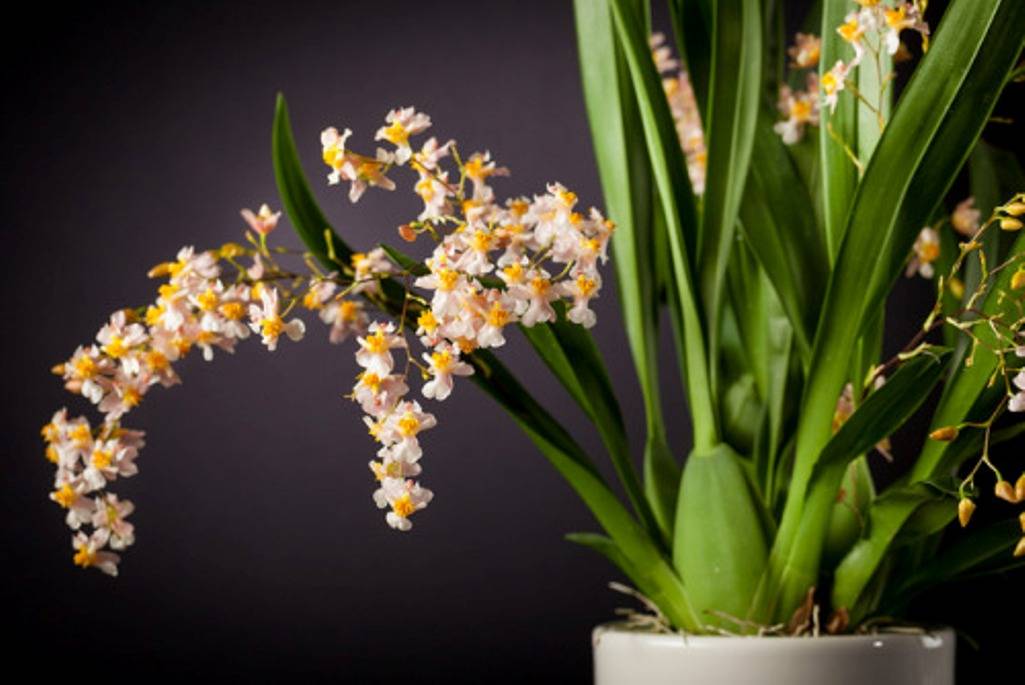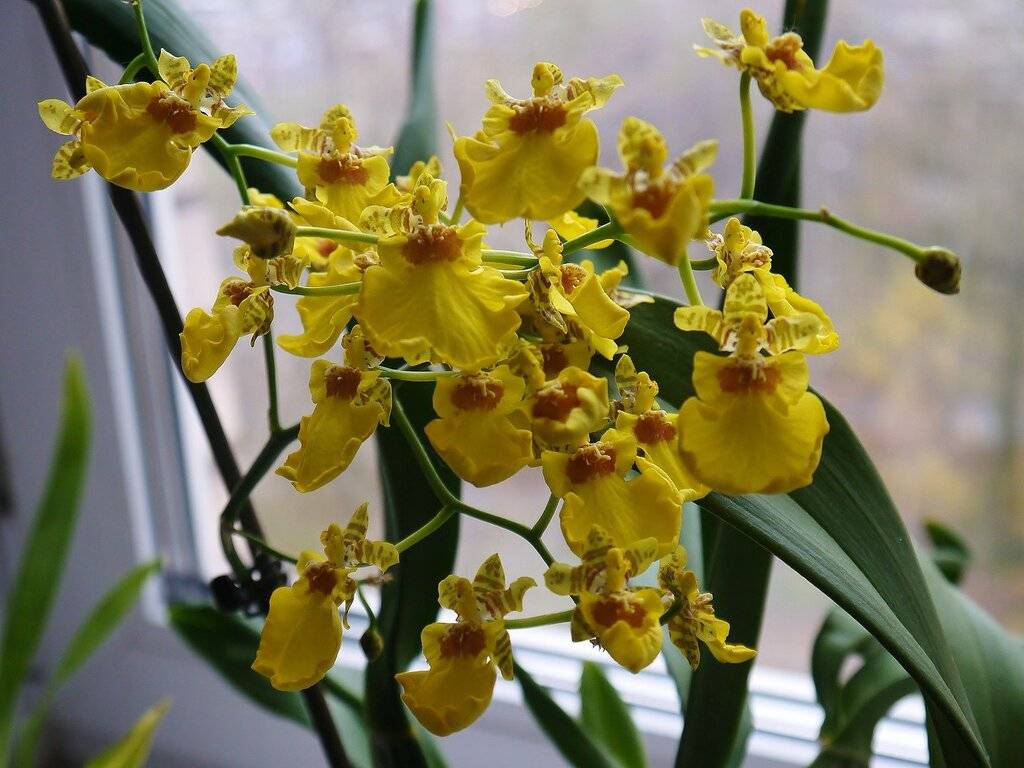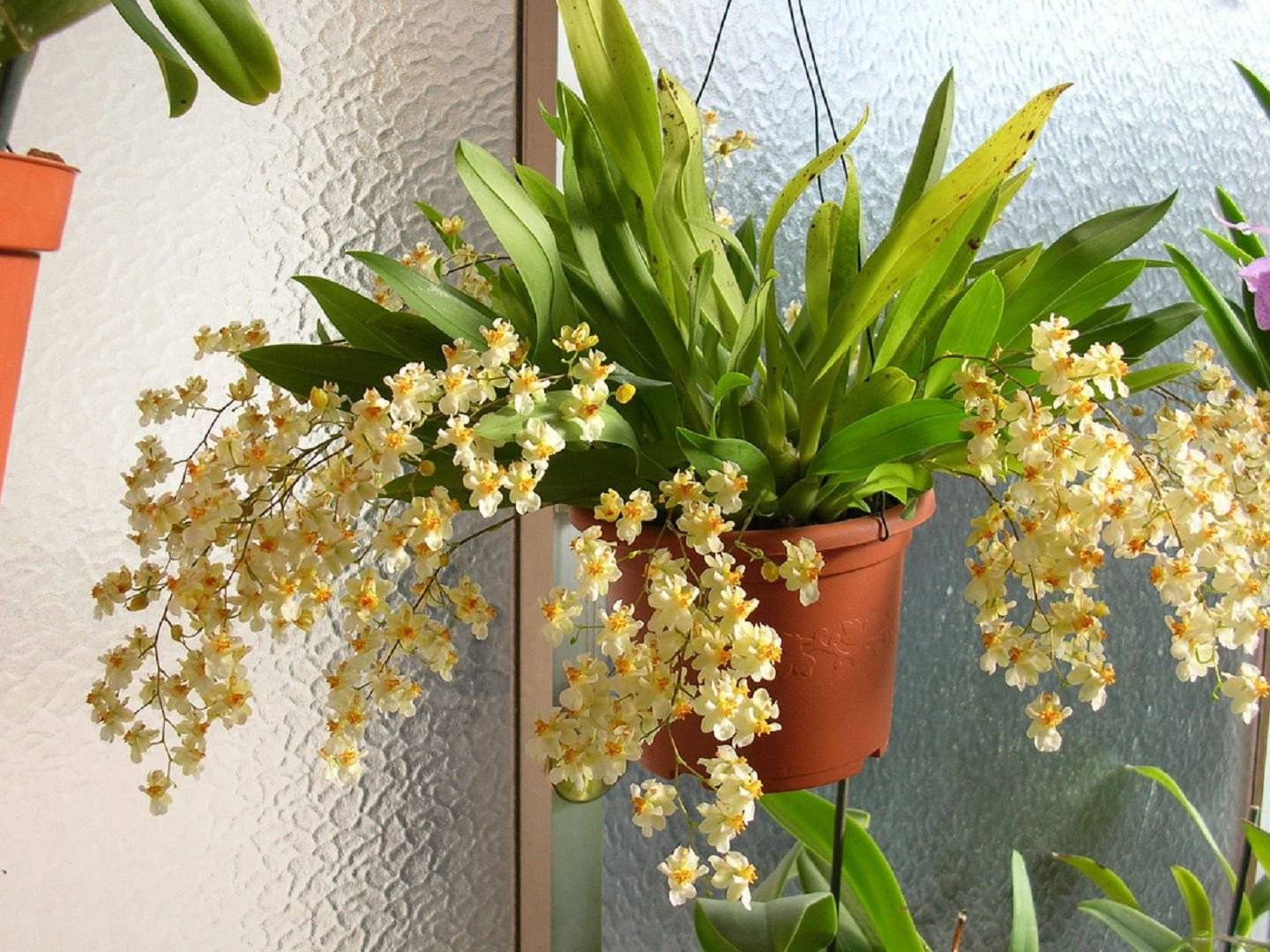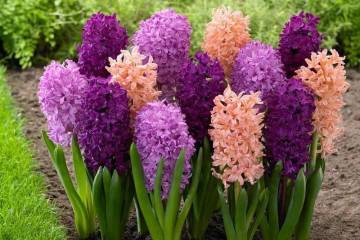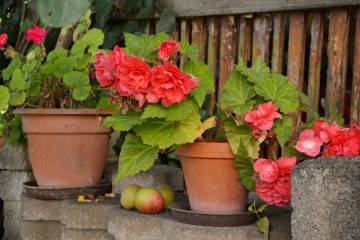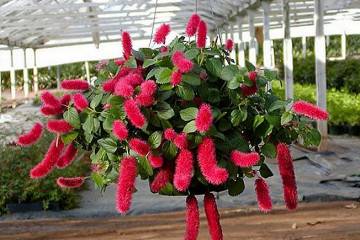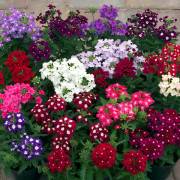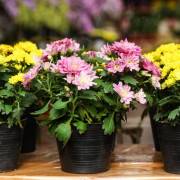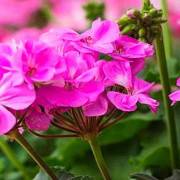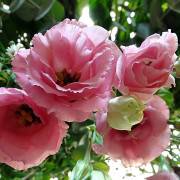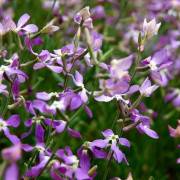Oncidium: home care and flower varieties
Content:
Oncidium is especially popular among flower growers. The culture is represented by a wide variety of species, each of which differs not only in external qualities, but also in growing conditions in the wild. So, some species grow in the forests of South and Central America, the climate of which is characterized by high temperatures and high humidity, while others prefer mountain peaks, where it is not so hot, and still others grow in arid savannas.
Since the genus is very diverse in species, there are no general recommendations for the care of specific or hybrid oncidiums. It is necessary to consider which parental form the hybrid originated from. The most difficult thing in maintenance is compliance with the temperature regime, as well as taking into account its features during the dormant period and resistance to drought.
Views
Culture is represented by a variety of species, each of which has unique characteristics. While some visually resemble irises in both leaves and flowers, other varieties have roots that are otherwise called pseudobulbs. They are thin and long, due to their structure, they can hang outside the pot. Each root has a shoot with three leaves. The leaves also have different shapes and colors depending on the species.
Peduncles can reach lengths of up to 10 m, but in domesticated species they reach no more than 5 cm. Flowers are yellow, orange, brown and red.
The most common types
Oncidium Twinkle is one of the most popular species among florists. It is also often called miniature, due to the small size of the plant. The species is short and compact.
Such a plant is ideal for lovers of cinnamon buns, it is their aroma that is often compared to the smell emitted by small (no more than 1.5 cm) seemingly inconspicuous flowers that have pink, white, yellowish and even red shades. The color of the bud depends directly on the selected variety. The most popular variety of oncidium Twinkle Khanna.
Oncidium yellow (Yellow) also boasts popularity, which is caused by abundant and long flowering. This species is still distinguished by its rapid growth. On elongated peduncles, large (up to 3 cm in diameter) flowers of a bright yellow hue bloom. There is a red spot on the lip of the flower. The yellow oncidium can bloom for more than a month.
Oncidium Popcorn is the smallest plant variety. Its height does not exceed 15 cm. Its flowers are also miniature, no more than 2 cm in diameter, and their color is white. Popcorn is suitable for breeding for novice growers, since it is absolutely unpretentious in content.
Beautiful oncidium (Splendidum) is a rather large plant with flat, densely located pseudobulbs. This species is unique in that the shade of the leaves changes with age.At first, the foliage is gray-green with purple streaks. Later, it becomes bright green, on which the leaves are clearly visible in purple blotches. The flowers reach a diameter of up to 8 cm, up to 20 of them can bloom on the peduncle at once. The color of the buds is bright yellow.
For lovers of low-growing plants, Oncidium morenoi, a miniature, abundantly flowering variety, is ideal. During the flowering period, it is completely covered with small graceful flowers. The leaves are rounded, with many reddish blotches on their surface.
Oncidium: home care
In general, the cultivation of oncidium does not require special skills, however, in order for the plant to bloom regularly and abundantly, a number of rules must be followed.
Temperature regime and air humidity
The plant grows well and develops at air temperatures ranging from 14 ° C to 26 ° C. If the temperature in the room where the oncidium grows is even higher by several degrees, then the growth of the culture may stop.
Too high humidity is not required for proper plant growth. The room should be about 40%. The plant needs regular leaf spraying on hot days in the summer. It is also required to periodically spray oncidium in winter during the heating period. If the room is cool (about 18 ° C), then spraying is not needed.
Air ventilation is of great importance for the plant, regardless of the season. Stagnant air can damage crops and lead to the development of fungal diseases.
Watering
Watering has a big impact on flowering. In order for it to be abundant and stable, it is necessary to observe the irrigation regime depending on the stages of culture development. From the moment the formation of the pseudobulb begins, when a small shoot begins to develop from it, and until the moment when the shoot begins to thicken, regular and abundant watering is necessary. It is recommended to water the crop by immersing the pot in slightly warm and well-settled water.
After a new pseudobulb has begun to form, watering should be stopped, as this may interfere with the further flowering of the culture. When the peduncle begins to develop, watering should be resumed. At the end of flowering and before the formation of a new pseudobulb, it should be more abundant. Sometimes it happens that instead of a peduncle, a small vegetative process begins to grow, this indicates that the culture is developing incorrectly. This usually happens when the flower has less than 3 pseudobulbs, which is not enough for the formation of peduncles.
Soil and fertilizing
For planting oncidium, both a substrate sold in flower shops and one prepared at home are used. It should be soft and breathable, as moisture stagnation can harm the plant.
The choice of a pot depends directly on the shape of the root system. If the roots are few and thick, then it is recommended to choose a ceramic container. If the roots are thin and dense, a plastic pot will work. The glass pot, which is preferred for phalaenopsis, is not necessary for oncidium, as there is no chlorophyll in its roots.
As a top dressing, it is recommended to use fertilizers that are sold in specialized stores. The frequency of feeding is once a month. It is necessary to use the dose indicated on the fertilizer label, halved.It is recommended to feed oncidium only when the growth of young shoots begins. Then feeding is stopped and resumed at the moment of peduncle development until the first flower opens.
Lighting
Oncidium loves bright light, but it should be protected from direct sunlight. The color of the foliage will help determine if the plant needs light. If the leaves have acquired a light green hue and are covered with yellowish specks, then the plant suffers from an overabundance of light. If the leaves become too dark, then the oncidium does not have enough light. It is best to place the culture container on the east or west windows of the house. On the southern windows, the plant may suffer from excess light, and on the northern windows, flowering may not occur at all due to a lack of illumination.
Landing
Planting oncidium is carried out in ready-made or self-prepared soil. The soil and the choice of a container for planting have already been written earlier. Compact species of oncidium can be grown by the block culture method using pieces of cork bark.
The main reasons for a transplant:
- decay of the root system caused by an excess of moisture;
- new root shoots no longer fit in the old container;
- the substrate has lost all its nutritional properties.
When transplanting a plant, it is recommended to place a drain on the bottom of the pot. Styrofoam, expanded clay or pebbles are suitable as a drainage layer.
Reproduction by dividing the bush
When carrying out this procedure, you should pay attention to the fact that the number of pseudobulbs should be at least 6. This is due to the fact that a plant for proper development must have at least 3 pseudobulbs, that is, there should be three for each part. When cutting a bush, a pre-disinfected tool must be used.
Places of cuts must be sprinkled with crushed coal. Each cut off part must be planted in dry soil, which is not recommended to be watered within 10 days after planting. Otherwise, watering can lead to decay of the cut points.
The culture is widespread among novice and experienced flower growers due to unpretentious content, abundant and fragrant flowering, as well as a variety of varieties and species. Oncidium orchid is a culture, home care for which does not require serious floriculture skills. It is enough to comply with a number of conditions to obtain a plant of extraordinary beauty.

